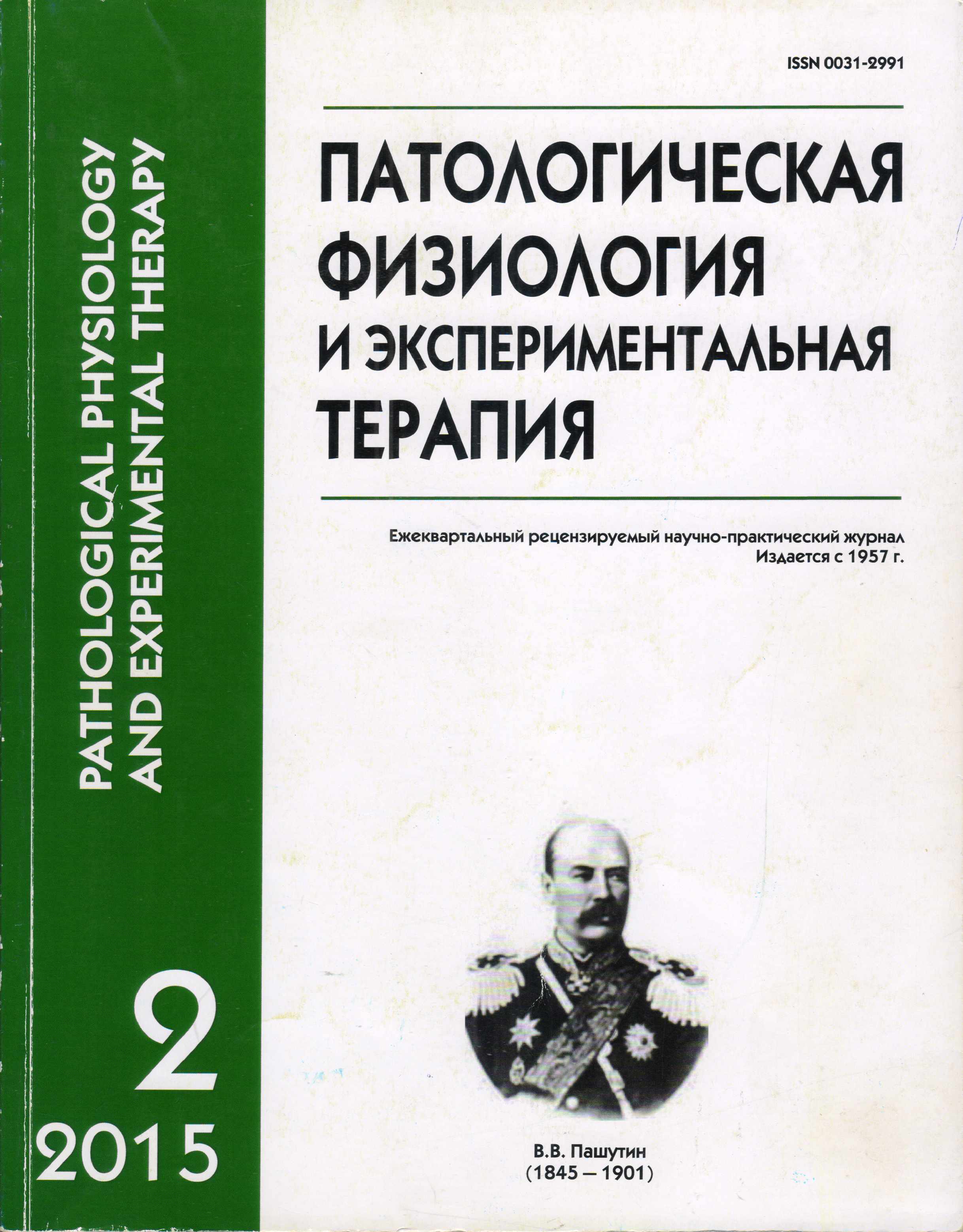Electrophysiological features (EEG) of ethanol withdrawal syndromes on isolated perfused rat brain
Keywords:
alcohol withdrawal syndrome, isolated perfused rat brain, EEG findings, ethanol withdrawal schedule
Abstract
On isolated rat brains we studied native EEG and its derivates (mean EEG amplitude and power spectrums — Fourier transformation) during perfusion with ethanol (65 Mm/ L) and after its withdrawal . Previously rats were undergone ethanol burden for 6 days according to Majchrowicz procedures to get alcohol withdrawal syndrome. Duration perfusion without ethanol was 5, 10 and 20 min depending on the experimental schedule. Ethanol infusion between periods of withdrawal comprised 20 min. 55% of isolated brains shown epileptiform activity after 1—2 min of ethanol withdrawal but others manifested only increased mean amplitude and the power spectrums of EEG as well as an appearance of single or batch spikes. Differences between in vivo and in vitro conditions can be explained by the accelerated rate of ethanol elimination. The high positive correlation was obtained between EEG findings at the 5-th min of the first ethanol withdrawal and the same findings at the 5-th min of ethanol withdrawal in the second and the third episodes of ethanol withdrawal. Prolongation of withdrawal period more than 5th min caused brain death showing epileptiform activity. Isolated rat brain is the convenient subject to study pathogenesis of excitability of neurons and examination of drugs to treat alcohol withdrawal syndrome.Downloads
Download data is not yet available.
Published
09-07-2015
How to Cite
Tezikov E. B., Litvicki P. F. Electrophysiological features (EEG) of ethanol withdrawal syndromes on isolated perfused rat brain // Patologicheskaya Fiziologiya i Eksperimental’naya Terapiya (Pathological physiology and experimental therapy). 2015. VOL. 59. № 2. PP. 116–122.
Issue
Section
Methods






